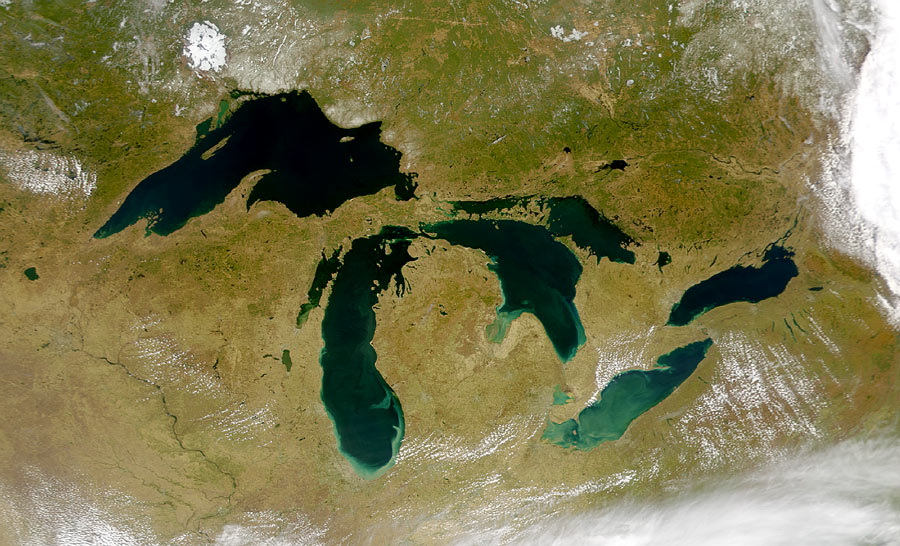Canada’s stores of fresh water are not as plentiful as once thought, and water shortages threaten to pinch the economy and pit provinces against each other, says a 21-page draft report acquired by the Canadian Press (CP) under the Access to Information Act.
“We can no longer take our extensive water supplies for granted,” says the report, titled A Federal Perspective on Water Quantity Issues.
It suggests the federal government take a more hands-on role in managing the country’s water, which is now largely done by the provinces. Ottawa still manages most of the fresh water in the North through water boards.
“Canada lacks sound information at a national scale on the major uses and user(s) of water,” it says.
“National forecasting of water availability has never been done because traditionally our use of the resource was thought to be unlimited.”
Canada has a fifth of the world’s supply of fresh water, but only seven per cent of it is renewable. The rest comes from ice-age glaciers and underground aquifers, says CP.
One per cent of Canada’s total water supply is renewed each year by precipitation, the report says.
Moreover, government data on the country’s groundwater reserves is deemed “sparse and often inadequate.”
The report forecasts droughts in the Prairies and groundwater shortages in British Columbia and the Great Lakes-St. Lawrence River basin. There are already signs of water shortages in the Great Lakes. Lake Superior, the largest of the five, fell to its lowest level on record last September. Lakes Michigan and Huron were about 50 centimetres below their historical average levels last fall.
The report says a 0.08-to 1.18-metre drop in Great Lakes water levels costs the hydro-electric industry between $240 million and $350 million each year.









